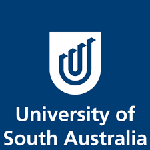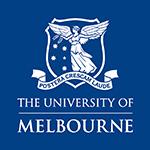

ANSTO User Meeting - Speakers
Plenary Speakers
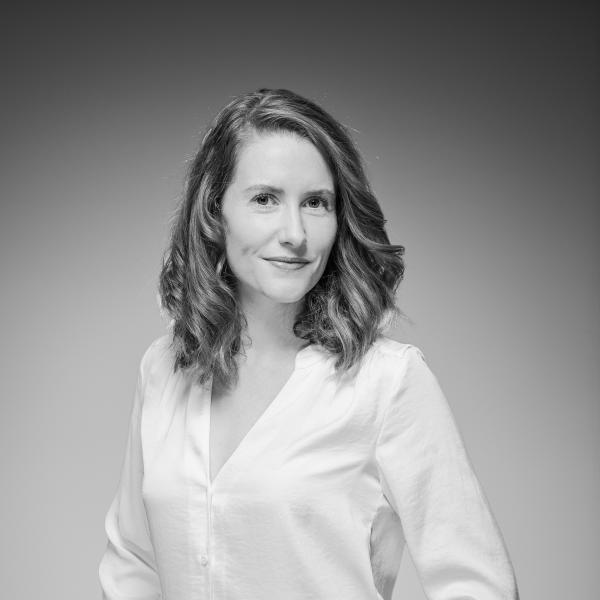
Dr Suzie Sheehy
Dr. Suzie Sheehy is an accelerator physicist who specialises in novel particle accelerators and beam dynamics, with a current focus on medical applications. Suzie studied physics at the University of Melbourne in her native Australia (BSc Hons 2006) and PhD at the University of Oxford (DPhil, 2010), where her work focused on fixed-field accelerators for particle therapy. She has held prestigious research fellowships from the Royal Commission for the Exhibition of 1851 (Brunel Fellowship 2010-2013) and the Royal Society (University Research Fellowship, 2017-present). Suzie currently divides her time between her research groups at the University of Oxford and the University of Melbourne. In 2019 she was appointed as Senior Lecturer in Medical Accelerator Physics at Melbourne, where she is now leading the first academic accelerator physics group in Australia.
Suzie’s research areas at Melbourne include particle therapy accelerators and beam delivery systems, compact linear electron accelerators (X-band) and accelerator reliability in Low and Middle-Income countries (STELLA project). In the UK her research focus is high intensity beam dynamics, and she has led the ‘Intense Beam Experiment (IBEX)’ ion trap experiment at the UK’s Rutherford Appleton Laboratory from its inception.


Prof Despina Louca
After obtaining BA and MS degrees from Bryn Mawr College she earned a PhD in Materials Science from the University of Pennsylvania followed by a postdoctoral appointment at Los Alamos National Laboratory. Her research focuses on materials such as topological insulators and semimetals, spintronic antiferromagnets, transition metal dichalcogenides, disorder superconductors, and layered semiconductors.
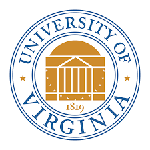
Keynote Speakers

Prof Chris McNeill
Chris McNeill is a professor of materials science and engineering at Monash University. He has a background in condensed matter physics having completed a PhD in experimental physics at Newcastle University, Australia. He spent nearly 6 years at the Cavendish Laboratory, Cambridge University as a post-doc and research fellow before returning to Australia to Monash University in 2011. His research interests lie at the intersection of the materials science and device physics of organic semiconductor devices. He is an avid synchrotron user and regularly conducts measurements at the Australian Synchrotron as well as at overseas light sources.
Topic - Physics, Surface & Condensed Matter

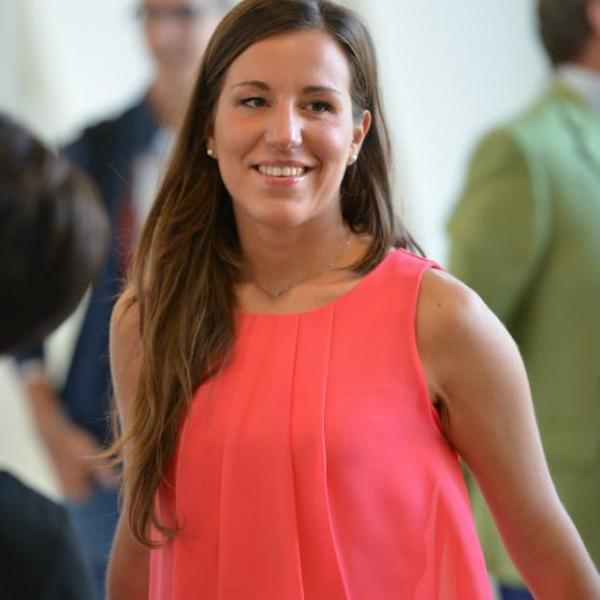
Dr Stefania Peracchi
Dr Stefania Peracchi is an accelerator beamline scientist at the Centre for Accelerator Science.
She works with the Ion Beam Analysis (IBA) team exploiting the powerful sources from the accelerators SIRIUS and ANTARES to conduct research on advance materials and radiation effects. She collaborated to expand the capabilities of the Heavy Ion Microprobe mounted on the ANTARES accelerator beamline to allow experiments related to space radiation research. This work is part of the Space Infrastructure Fund (SIF) project that sees many organisations, academia and industries working together to establish a network for advance space research in Australia. Her expertise is in the use of ion beams to study silicon detectors performances and materials for shielding radiation in space.
Prior to working at the ANSTO/CAS, Stefania completed her PhD at the Centre for Medical Radiation Physics, University of Wollongong, with topic “Silicon on Insulator micordosimetry for radiation protection in space and aviation”. The major aims of my project concern firstly, the optimization of the new generation of 3D SOI microdosimeters for radiation protection of astronauts living in complex and mixed charged particles fields, as well as of aircrews in aviation. Secondly, deep-space exploration requires improvement in terms of shielding humans from radiation, thus she investigated shielding properties of innovative materials that could be used for future design of spacecraft travelling towards more hazardous environments as the lunar or Martian ones.
Topic - Instrument & Techniques

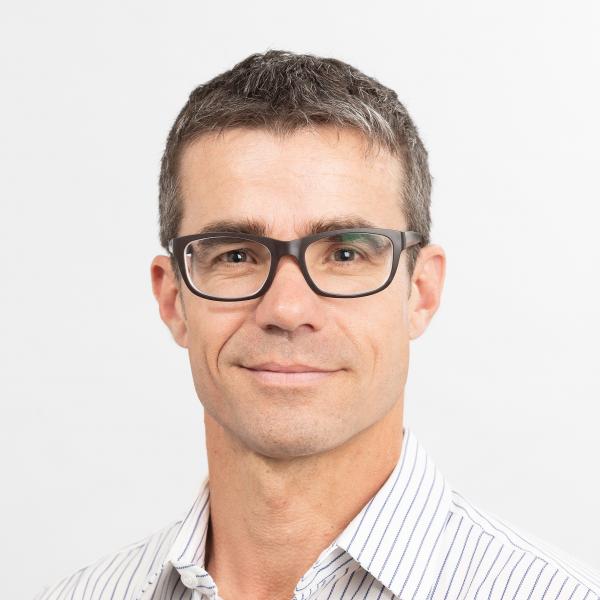
Prof Chris Ling
I completed my undergraduate studies in science at the University of Melbourne and my PhD in solid-state chemistry at the Australian National University. After graduating in 1999, I moved to Argonne National Laboratory in Chicago, USA, as a postdoc for 2 years; then the Institut Laue-Langevin in Grenoble, France as a neutron instrument scientist for 3 years. I was appointed to an academic position in the School of Chemistry at the University of Sydney in 2004, where I am currently Theme Leader for Functional Energy Materials.
My research area is solid-state materials chemistry, within which my interests can be divided into two main areas: applied energy materials and fundamental magnetism. In the energy materials space, I focus on new solid-state ionic conductors for applications in fuel-cell membranes and solid-state lithium/sodium ion batteries. My work in the magnetic materials space addresses fundamental questions about the physics and chemistry of low-dimensional and geometrically frustrated topologies, which give rise to exotic low-temperature ground states. A distinguishing feature of my research program across all projects is the extensive use of neutron and synchrotron X-ray scattering methods.
Topic - Advanced Materials
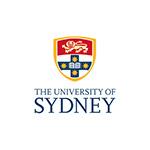
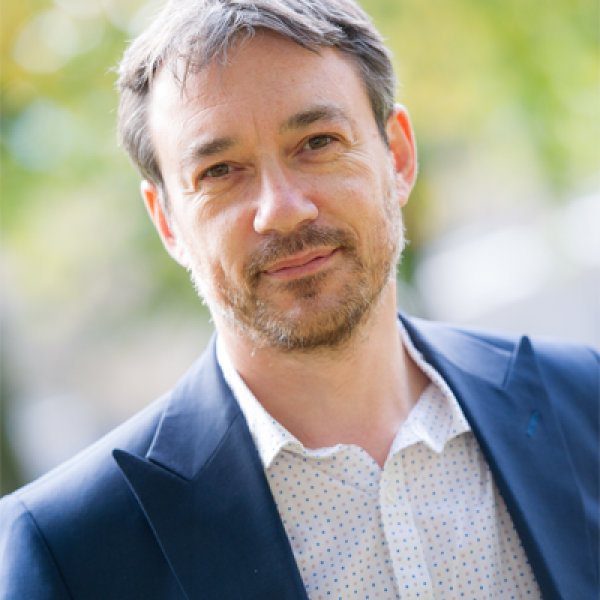
Prof Michael Preuss
Professor Michael Preuss joined Monash University in August 2020 coming from the University of Manchester, UK, where he has retained a 20% position. At Manchester he was part of a leadership team delivering the Royce Institute, a national institute for materials innovation. As director of research infrastructure within the faculty of engineering, he continues his interest in research facility development at Monash University.
Topic - Manufacturing and Engineering


A/Prof Charlotte Conn
Charlotte Conn is an Associate Professor and a 2017 Vice Chancellor’s Senior Research Fellow in the School of Science, RMIT University. Her research interests focus on the development of advanced nanomaterials using high-throughput experimentation and the use of these biomimetic nanomaterials for the delivery of protein and peptide-based drugs, including anti-microbial peptides which are part of the global fight against antibiotic resistance. Charlotte is passionate about diversity and inclusion in STEMM and recently travelled to Antarctica as part of the Homeward Bound global leadership program. In her spare time she loves running in the Irish mountains where she grew up and along the beautiful Australian beaches she now calls home.
Topic - Advanced Materials
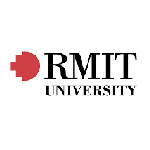
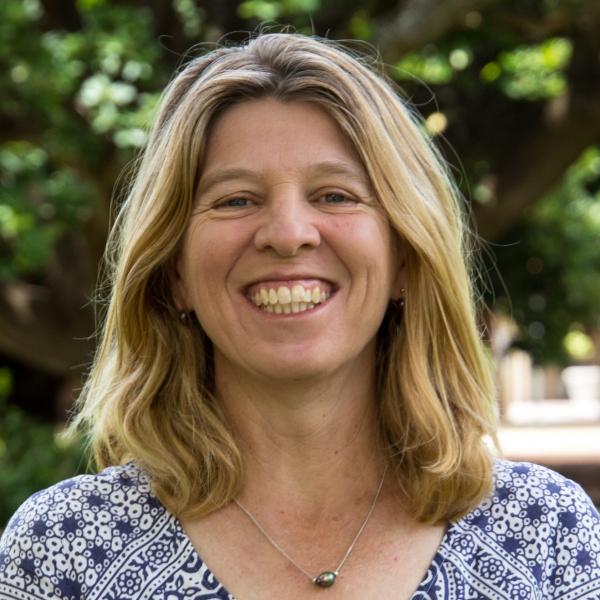
Dr Ingrid Ward
Ingrid Ward is a well-recognised geoarchaeologist on both terrestrial and marine archaeological landscapes. Her academic career began in the environmental geosciences, exploring mangrove sediment geochemistry, isotopic climate records in coral cores, and later digressing into archaeology to undertake geochemical analysis and dating of rock-art crusts, before going on to do an MA in marine archaeology and a PhD in geoarchaeology.
Since obtaining her doctorate, Ingrid has applied her geoscience skills and knowledge in regulatory, consultancy and academic roles both in the UK and Australia. In 2014, she joined the ARC-funded Barrow Island Archaeology Project, leading geoarchaeological and micromorphological research on the 50,000 year old cave site. In 2017 she started a post-doctoral position with the Deep History of Sea Country project, the first ARC-funded project on submerged prehistoric landscapes in Australia. Both projects made use of ANSTO facilities to image cultural material embedded in sedimentary deposits.
In 2018, Ingrid started on a DECRA-funded geoarchaeological research project based around the Barrow-Montebello Island complex. This study has included use of ANSTO ITRAX facilities to help detail palaeoenvironmental change in marine cores. At the same time, Ingrid continues to explore the application of high-resolution analytical techniques to other cultural deposits including embedded fossils within chert artefacts, plant resins on stone tools, and heated bone and charcoal. At the heart of all these studies is an aim to characterise and disentangle natural and cultural factors in order to better understand the complexity of human-landscape dynamics, and the pattern of archaeological preservation in Australia.
Topic - Earth, Environment & Cultural Heritage
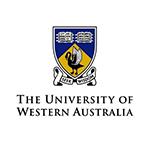

Prof Bill Williams
Bill Williams obtained an Honours degree in Physics with Astrophysics from Leeds University, UK and then undertook a PhD in NMR relaxation behaviour at the Open University. He went on to spend a number of years as a Postdoctoral Fellow in The Chemistry Department at York University, UK, working on various aspects of biological polymers. Subsequently he spent 4 years with Unilever Research, before returning to academia in March 2003, with a position in The Institute of Fundamental Sciences at Massey University, NZ, where he is working on biophysics and soft-matter.
Topic - Biomedicine, Life science & Food Science
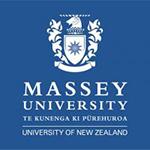
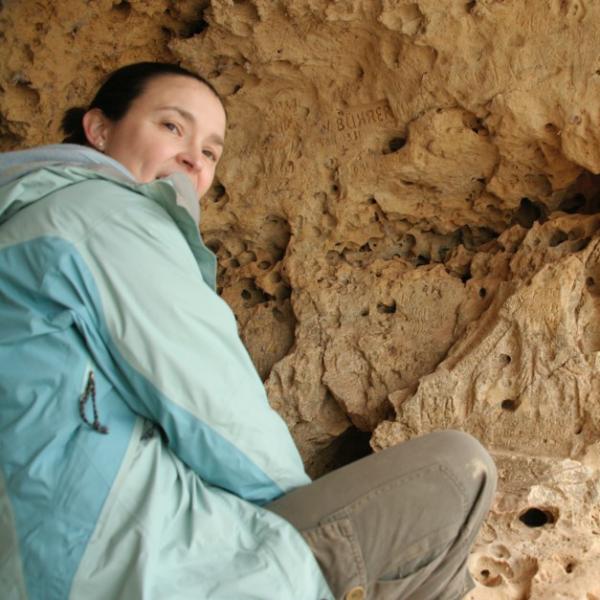
Prof Amy Roberts
Amy is an archaeologist and anthropologist who works collaboratively with Aboriginal communities in South Australia. In In recent years she has primarily worked on a number of significant projects with the River Murray and Mallee Aboriginal Corporation.
She is the lead investigator for the ARC projects 'White People had the Gun: Interrogating the Riverland's Colonial Frontier' and 'Rockshelters and Rock Art in the River Murray Gorge: New Data and Syntheses' and a CI for 'Ochre Archaeomicrobiology' and 'A National Facility for the 3D Imaging of the Near Surface'.
Prior to her appointment as an academic at Flinders University she worked as an ‘expert’ for a number of native title cases – including for the First Peoples of the River Murray and Mallee Region which achieved a successful determination.
Topic - Earth, Environment & Cultural Heritage

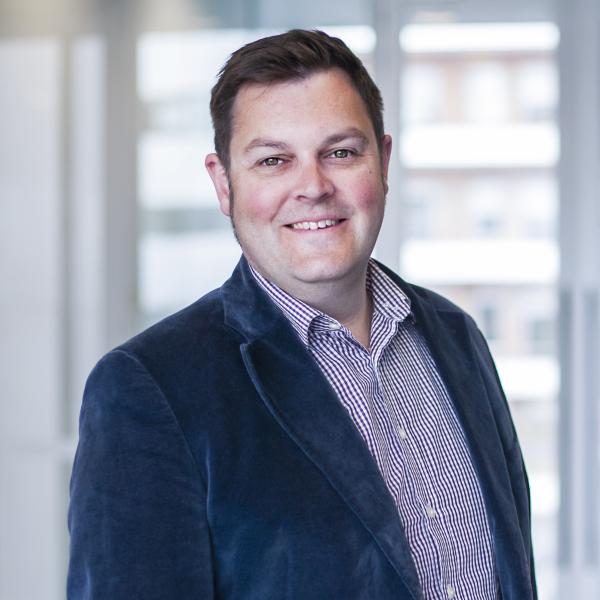
A/Prof James Murphy
James Murphy is Head of the Inflammation Division at the Walter and Eliza Hall Institute of Medical Research in Melbourne, Australia. He completed his undergraduate studies in his home town of Christchurch, New Zealand, before completing his PhD studies at the Australian National University, Canberra, Australia in 2003. As a CJ Martin Fellow of the National Health and Medical Research Council of Australia (NHMRC), he completed postdoctoral training in the lab of the signalling guru, the late Tony Pawson (Toronto, Canada). He moved to the Walter and Eliza Hall Institute in 2007 and was appointed group leader in January 2015, Associate Professor in 2017 and Head of the Inflammation Division in 2019. He has pursued a mechanistic understanding of the roles of several pseudokinases, protein kinases, cytokines/receptors and epigenetic regulators in signal transduction, with a particular focus on MLKL, a key pseudokinase in the necroptosis cell death pathway. Important mechanistic insights have been achieved by drawing on diverse approaches, ranging from biophysical methods, including those involving synchrotron radiation, to cellular and patient studies.
Topic - Biomedicine, Life science & Food Science

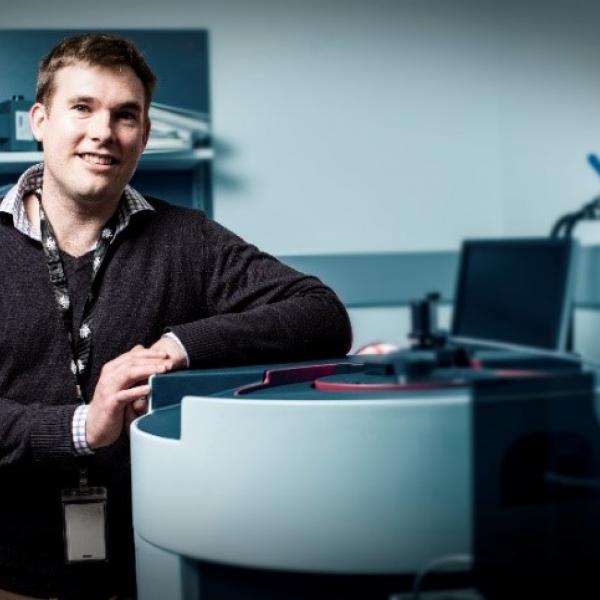
Dr David Cortie
David Cortie obtained his PhD in Physics from the University of Wollongong in 2013, and went on to postdoctoral work at the University of British Columbia, the Max-Planck Society and the Australian National University. In 2017, he was awarded an Australian Research Council (ARC) Discovery Early Career Research Fellowship, and became an associate investigator within the ARC Centre for Excellence in Future Low Energy Electronics Technologies. David is currently jointly based at Australian Nuclear Science and Technology Organisation and the University of Wollongong. He serves on the executive of the Australian Neutron Beam User Group and the Asia Oceania Neutron Scattering Association. His research interest lies in the link between quantum phenomena and functionality in materials.
Topic - Physics, Surface & Condensed Matter

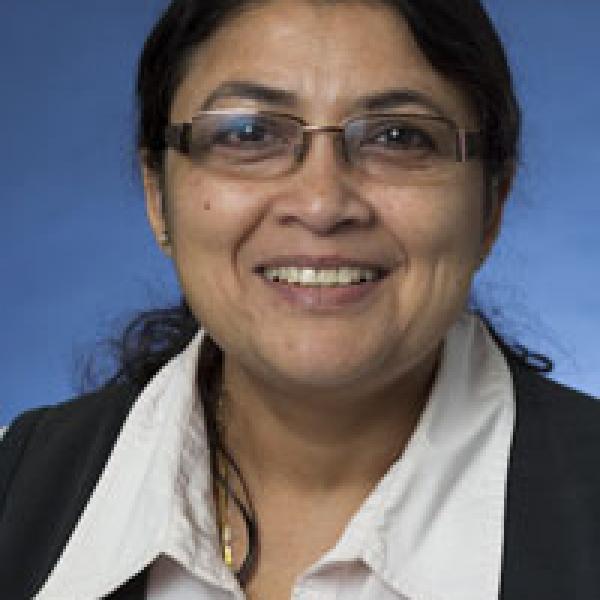
Prof Namita Roy Choudhury
Prof. Namita Choudhury joined the School of Engineering of the RMIT University in 2018. She is currently the associate dean of chemical & environmental engineering discipline. Prior to joining RMIT, Choudhury was a Professor at University of Adelaide and University of South Australia for last 20 years. Her expertise lies at the interface of polymer science and nano/biomaterials with a focus on both fundamental and applied research. She conducts interdisciplinary research on engineered biomimetic materials, ion conducting hybrids and tunable gels for biomedical applications. She has won and led a number of major collaborative projects (Hub, Special Research Centre) with interdisciplinary team of national, international and industry partners. She has trained 35 PhD students and mentored a large cohort of ECRs. An author/co-author of >300 publications, 2 books and a co-inventor of 6 recent patents, she is a strong advocate for women in science & engineering.
Topic - Chemistry, Soft Matter, & Crystallography


Dr Michael Jones
Michael Jones began working in Synchrotron Science as an ARC Super Science Fellowship at La Trobe University with Professors Andrew Peele and Leann Tilley in the ARC Centre of Excellence for Coherent X-ray Science. In this position he designed and undertaking dozens of experiments at synchrotron facilities around the world with a focus on developing novel Coherent Diffraction Imaging techniques for biological sciences. In 2014 Dr Jones was appointed to the Australian Synchrotron, working as an Australian Synchrotron Fellow on the X-ray Fluorescence Microscopy beamline, where he worked collaboratively with many researchers on a diverse range of problems from biology to electrochemistry and developed the first implementation of simultaneous X-ray Ptychography and X-ray Fluorescence in Australia. In 2018, he was appointed to the position of Research Infrastructure Specialist in Synchrotron Science and continues to develop X-ray Ptychography techniques to answer a diverse range of research questions.
Topic - Instruments & Techniques


A/Prof Anton Blencowe
Anton completed his DuPont Fellows PhD in Organic and Polymer Chemistry from the University of Reading (UK) under the supervision of Prof. Wayne Hayes before joining the University of Melbourne, where he was awarded an Australian Research Council Postdoctoral Fellowship. Currently, he leads the Applied Chemistry and Translational Biomaterials (ACTB) Group at the University of South Australia (UniSA), with a research focus on controlled delivery systems as innovative solutions to current and emerging challenges across the biomedical, environmental and scarce resource fields.
Topic - Chemistry, Soft Matter, & Crystallography
